“Return to normalcy” was a campaign slogan used by President Harding in 1920 after World War I and the Spanish Flu; both he felt had altered the perspective of humanity. The phrase was used again in the 2020 presidential campaign when the goal was to address the COVID-19 pandemic and end divisiveness between people.
But, how do individuals who have experienced illness, loss, and at times family divisiveness, return to a feeling of normalcy? People are still feeling stunned and avoidant while integrating back into social gatherings and returning to in-person work environments. Common experiences are comprised of a variety of altered behaviors, physical symptoms, and/or thoughts and may include:
- Memories that feel intrusive, are repetitive, disrupt sleep or eating and cause one’s heart to feel it is beating too fast, sweating of the skin and or chest pain.
- Loud noises such as sirens, disinfectants smells, feeling that you cannot breathe while wearing a mask.
- Physical symptoms of COVID-19 may cause a flood of memories that create anxiety, fear, sadness or worry.
- Disagreements with family, colleagues or friends over differences of how to manage or protect oneself from illness may cause feelings of isolation, abandonment or loss of engagement with others.
There are several ways to return to what normal felt like before COVID, starting with defining what normalcy is. Not all individuals will find this easy to do; some will have support of family and friends, while others will benefit from seeking professional assistance. Some individuals will be resilient, while others will learn how to adapt to their new normal. Things to consider as one returns to normalcy:
- Grief of any loss takes time and there is no set timeframe as to when it will be completed.
- A routine of healthy eating, exercise and regular sleep will help with distressing thoughts and creating feelings of normalcy.
- Major life changes can cause an increase in anxiety and stress and retrigger feelings of prior loss, so be thoughtful in your choices.
- Not everyone is emotionally equipped to listen to your experience. Identify your support system, reach out to people who can empathize and consider mental health services if necessary.
- There are several ways to connect with mental health services:
- Your insurance carrier offers mental health services and can assist you in finding available options for therapy or medication management for current symptoms.
- Crisis Text Line is a global nonprofit organization offering free mental health texting through confidential crisis interventions 24/7 (text to 741741).
- Suicide Prevention Lifeline provides free 24/7 confidential support for people in distress, as well as prevention and crisis resources in their area. Call (800) 273.8255 or, after July of this year, text to 988.
- Disaster distress hotline for immediate crisis counseling related to disasters 24/7 (800) 985.5990.
- Resource database for substance abuse and mental health services: www.findtreatent.samhsa.gov
- Resource for alcohol treatment options from the National Institute on Alcohol Abuse and Alcoholism: www.alcoholtreatment.niaaa.nih.gov
Michelle Brilee is a board-certified family and psychiatric mental health nurse practitioner and a member of Desert Doctors. She can be reached at Achieve Medical Center in Palm Desert (858) 427.5060. Visit www.DesertDoctors.org.

















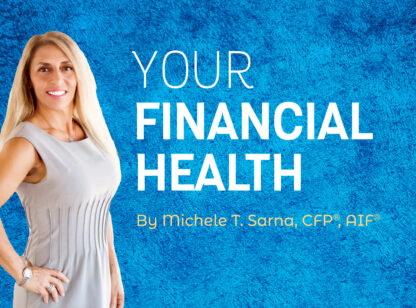
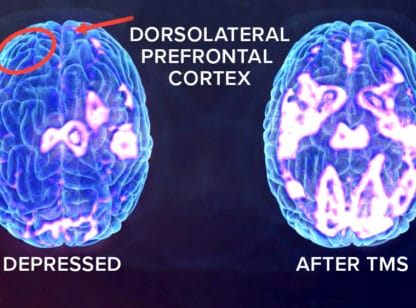

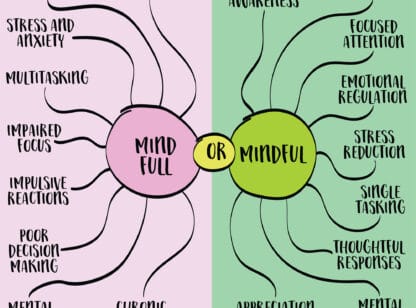






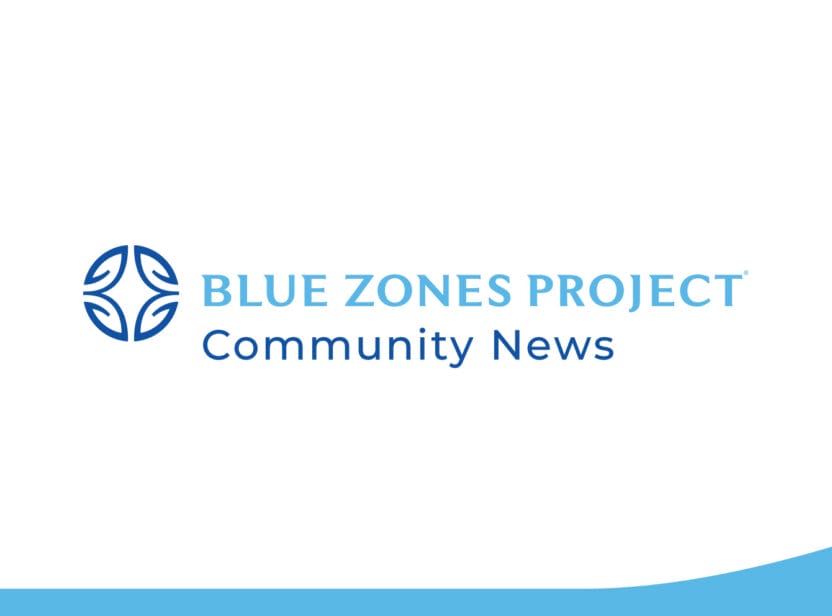









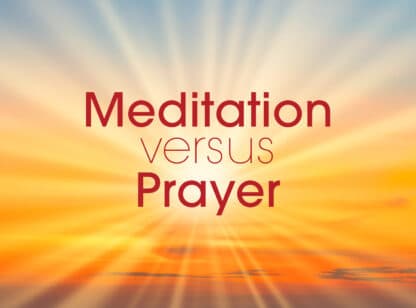
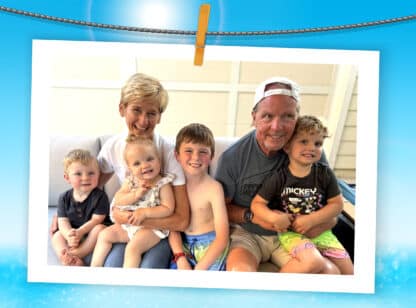
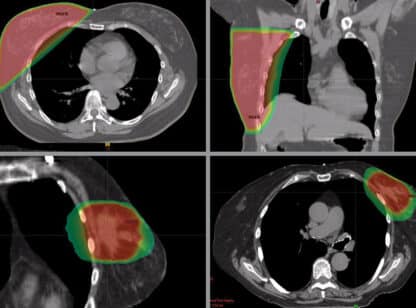

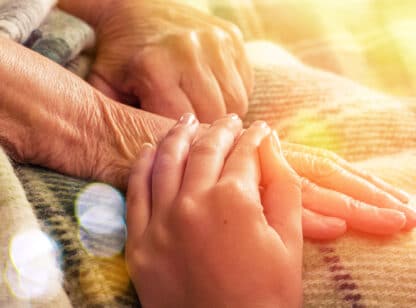
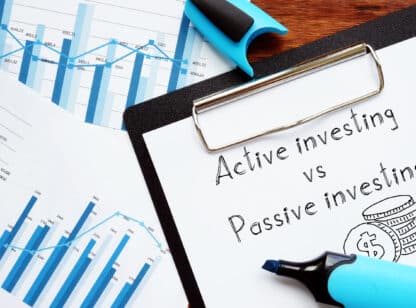





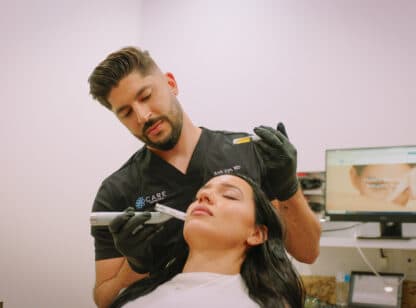
Comments (0)